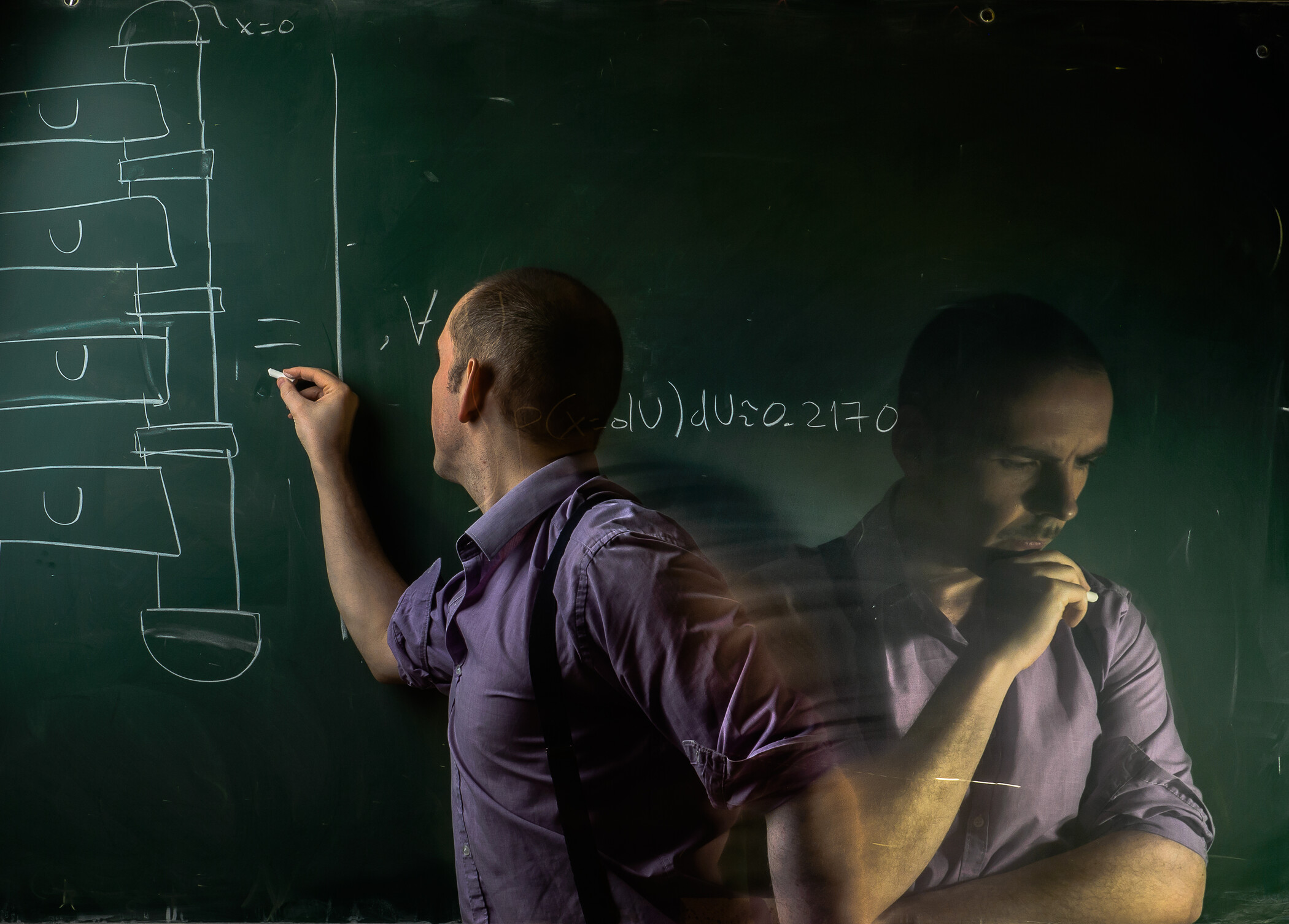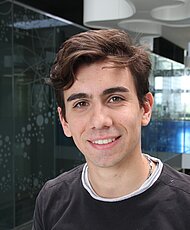
The denomination “science fiction” (or “scientifiction”) was coined in 1926 by the Luxemburger-American publisher Hugo Gernsback, who also founded the first SF magazine: “Amazing stories”. The term was an attempt to encompass the literary production of writers of the likes of Jules Verne, Herbert George Wells and Edgar Allan Poe. What distinguished their works from other science-inspired tales like Frankenstein was the focus on scientific inventions and logical extrapolation. Gernsback believed that the goal of SF stories was not just to entertain or educate in science, but also to offer new, stimulating ideas to scientists and inventors.
Following Gernsback’s vision, in this group we seek to realize the “fiction” part of SF. In other words: we investigate the feasibility of science fiction constructs, old and new, either by showing that they violate basic physical principles or by proposing actual experimental implementations.
Can we teach a robot to detect quantum features? Is it possible to move objects through time? Can scientists control complex systems, such as a world pandemic or even other scientists, through small but well thought-out interventions? How would the world look like if it were not quantum? These are the questions that keep us awake at night. Explore the rest of the site if you dare to learn the answers!
Navascués Group






